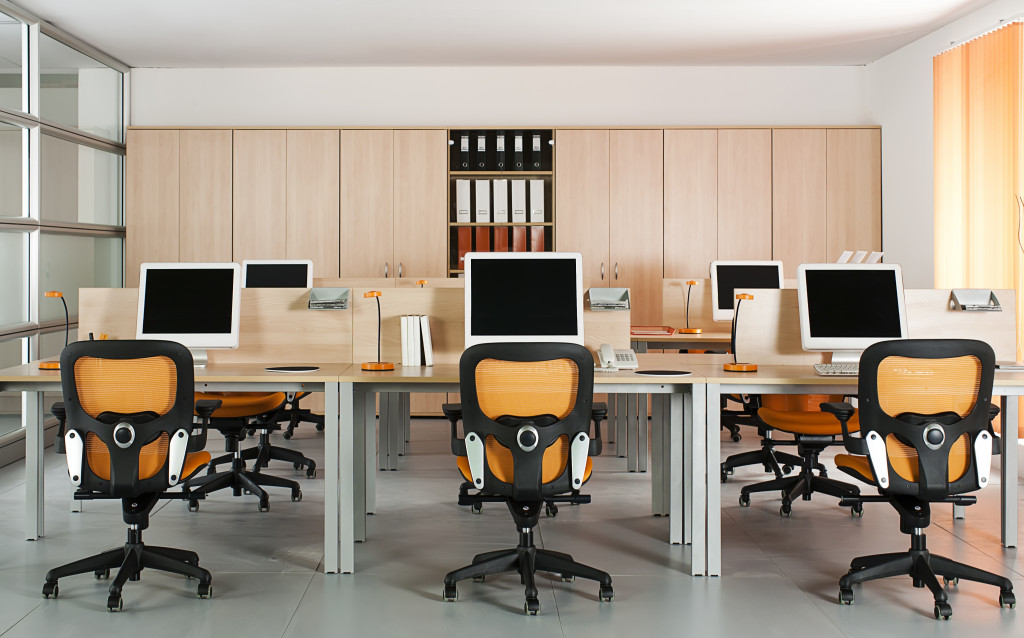Small businesses across the U.S. spend over $60 billion on energy every year. To reduce these costs, Energy Star stepped in and helped small businesses increase the energy efficiency of their facilities. Small businesses that choose Energy Star appliances can cut 10% to 30% of their utility costs without sacrificing comfort, quality, and style.
Reducing energy costs isn’t only important for financial purposes but also environmental reasons. If your business relies on fossil fuels, then using up more energy makes you part of the reason we have to burn fossil fuels. As you probably know, this practice emits greenhouse gases in the air. That’s why all companies, including small businesses, are encouraged to switch to renewable energy sources. They’re safer, cheaper, and the world won’t run out of them.
If you have yet to invest in a renewable energy source, controlling your business’s energy consumption is important to allow you to help save the planet. That said, be aware of these parts of your office that use up the most energy:
1. Workstations
The workstations are the busiest part of an office. All computers there are running, along with copiers, printers, and fax machines. It’s also the place where cooling and heating systems are mostly directed. What’s more, all the lights in workstations are always turned on, even in the daytime.
Often, it’s the employees themselves who consume more energy than they need. For example, they’d draw up the blinds to let natural light in but won’t turn off the overhead lights. Some of them also leave their computers on when they leave the office. And many are definitely guilty of keeping the printers and copiers on even when they’re not in use.
The work-from-home setup proved to be a blessing for many companies because it allowed them to reduce energy costs dramatically. But what will happen if office-based work returns? It’ll be unwise to let your energy costs surge again. Consider implementing energy-saving policies in your workplace. Maybe you can even give out incentives to those who will follow. Energy-saving efforts begin with people’s actions, so you don’t need to purchase new energy-efficient equipment right away to cut down your costs.
2. Pantry
The refrigerator is the appliance that consumes the most energy in your office’s pantry. If you also use coffee machines and water dispensers, those add to the costs as well. The overhead lights in a pantry may also be left on by your employees even after they’ve vacated the room. Those mindless actions will certainly increase your electric bill.
Again, an energy-saving policy will help make your office’s pantry a more energy-efficient place. If it’s an option, require your employees to take out their food items from the fridge and freezer every Friday. That way, you can keep the appliance off over the weekend. Make it a rule to unplug unused appliances as well, like coffee machines, microwave ovens, or oven toasters. And lastly, switch off the lights if the room is unoccupied or if there’s natural light outside.
3. Server Room

In big offices, server rooms store, power, and operate computer servers and their accompanying components. It’s basically a room full of IT equipment that requires its own heating and cooling system. Server rooms are typically cooler than the rest of the office, and a consistent temperature should be maintained in them. Even in wintertime, server rooms require an A/C to keep humidity levels under control. According to Energy Star, server rooms can contribute to the ever-rising energy consumption of offices, reaching billions by itself. Hence, if you have a server room, you have to pay a lot of attention to reducing your electric bill.
Invest in energy-efficient technologies, such as inverter server room cooling systems. Note that server room A/Cs are different from a usual A/C since server rooms require more cooling power. Its purpose is to prevent the servers from overheating. By choosing inverter technology for your server room A/C, you may be able to save up to 30% of costs.
4. Bathrooms
The lights in office bathrooms tend to be kept on even if no one’s inside. If this is a hard habit to break, replacing ordinary bulbs for sensor types may help. And since you’re saving energy, you might as well conserve water, too. See if your bathroom’s fixtures are water-efficient ones, and if they’re not, consider replacing them with such types. Mention-sensor taps will also help if your employees often forget to turn off the tap fully.
Basically, your entire office is one huge energy-devouring space. It may seem impossible to need less energy with the amount of work you do, but it’s entirely possible. The simple act of switching off unused lights can already make a noticeable difference. So pay attention to the cost-driving areas, and create policies that will encourage responsible energy consumption.




